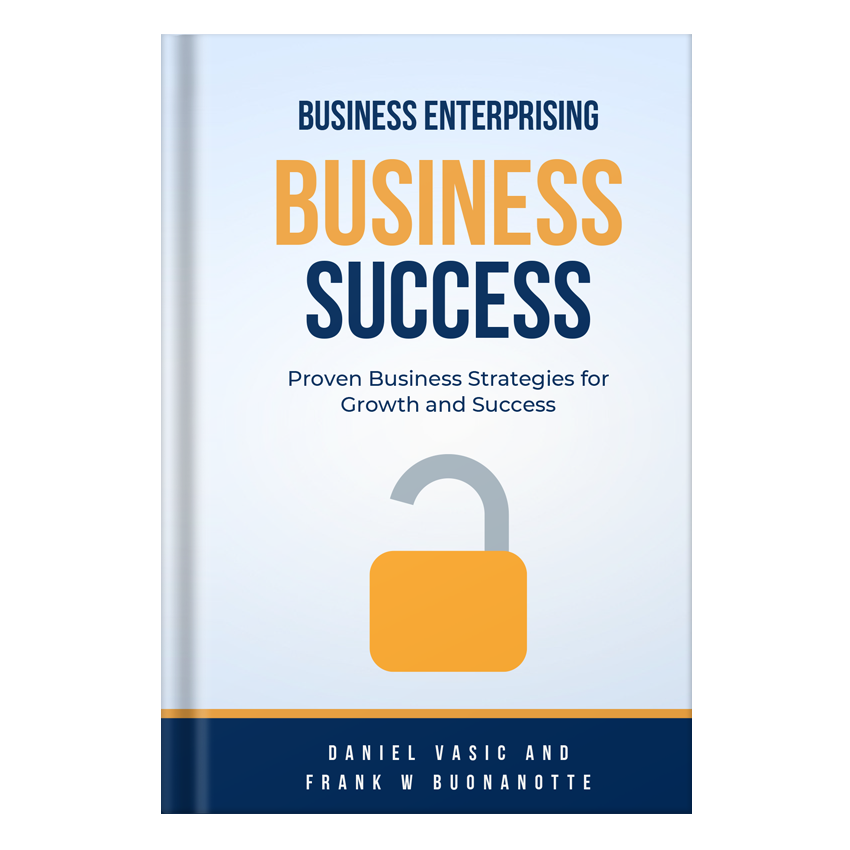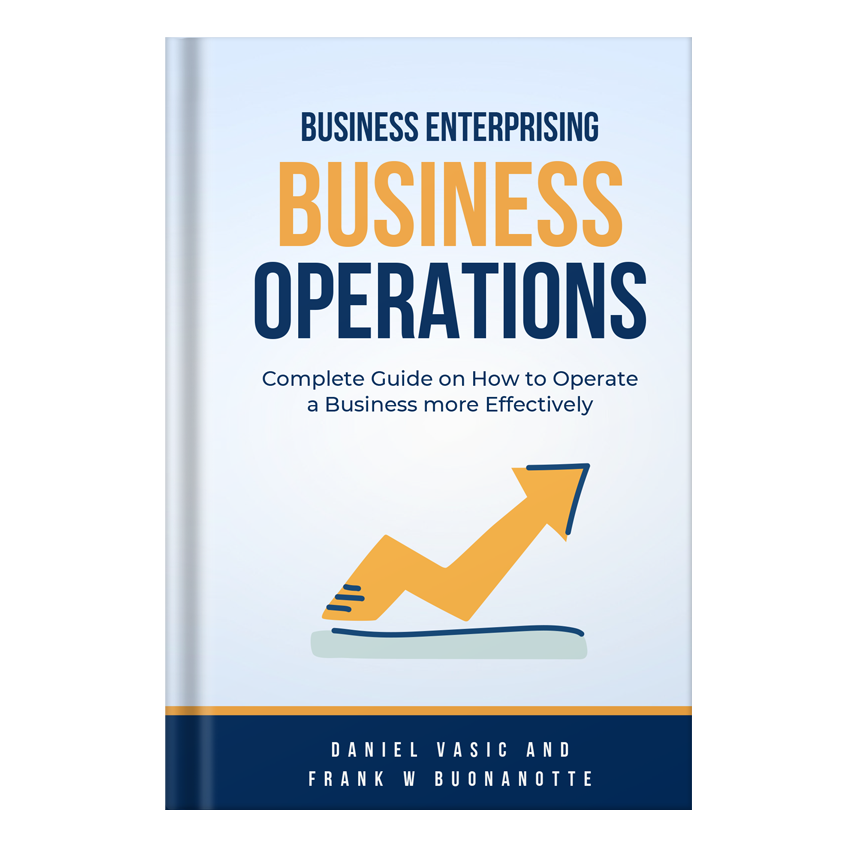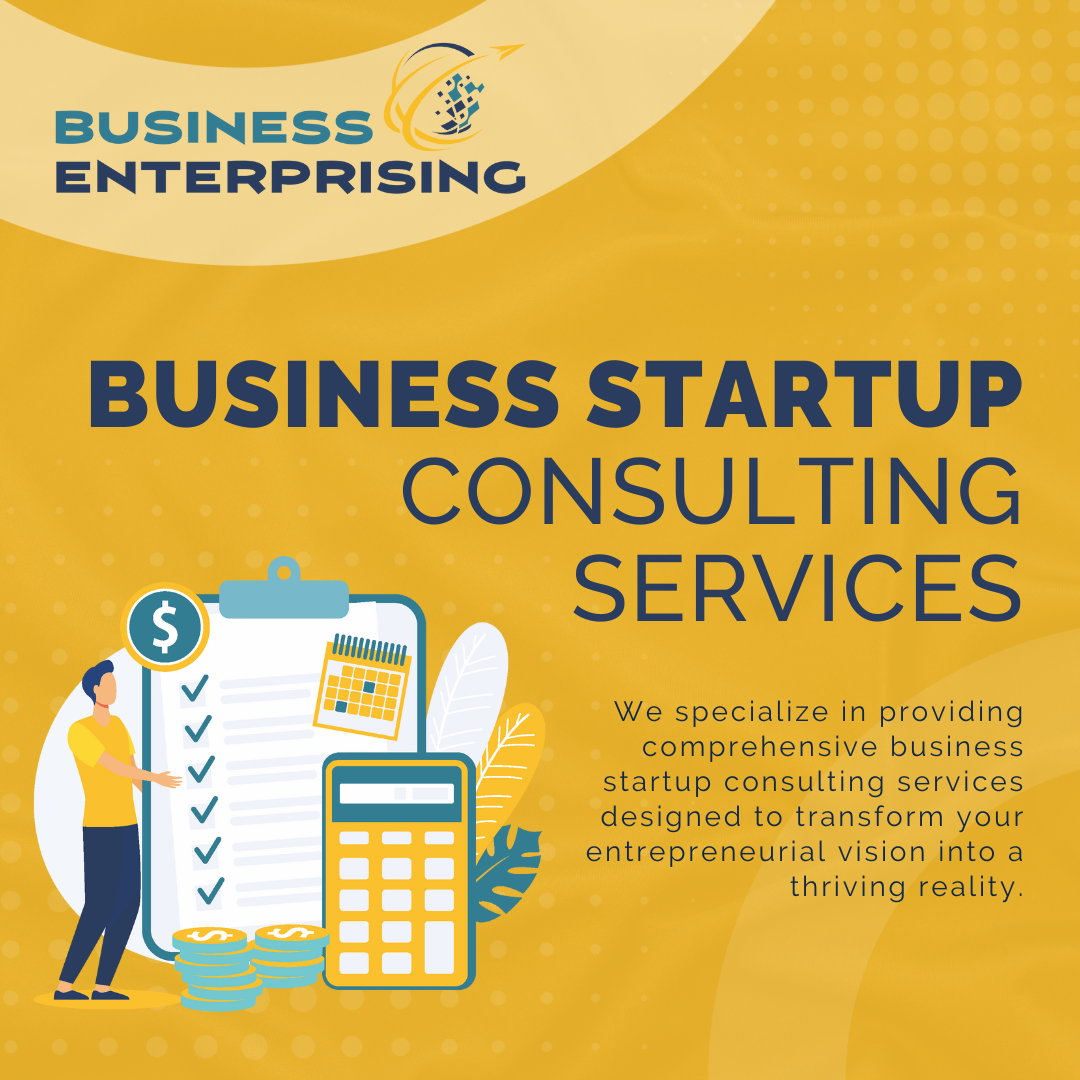12 Steps outlining how to get started selling retail products online
In today’s digital age, the world of retail has expanded far beyond brick-and-mortar stores. With the rise of e-commerce, selling retail products online has become an accessible and lucrative venture for entrepreneurs. If you’re considering taking your retail business online, this comprehensive guide will walk you through the fundamental steps to launch your e-commerce store successfully. Find out here how to start selling retail products online by industry experts with over 20 years of experience. Through online business consulting services, retail brands can gain assistance. Here are the individual steps to get started on the topic how to start selling retail products.
Step 1: Research and Choose Your Niche
Identify a niche market or product category that aligns with your interests, expertise, and target audience. Conduct thorough market research to understand customer needs, preferences, and competition within your chosen niche.
Step 2: Create a Business Plan
Develop a solid business plan outlining your goals, target audience, marketing strategies, and financial projections. Define your unique selling proposition (USP) that sets you apart from competitors.
Step 3: Choose the Right E-commerce Platform
Select an e-commerce platform that suits your business needs. Popular options like Shopify, WooCommerce (for WordPress), BigCommerce, and Magento offer user-friendly interfaces, customizable templates, and essential tools for managing an online store.
Step 4: Register Your Domain Name and Set Up Hosting
Choose a domain name that reflects your brand and is easy to remember. Register it through a domain registrar and select a reliable hosting provider to ensure your website runs smoothly.
Step 5: Design Your E-commerce Website
Create a visually appealing and user-friendly website. Customize the design, upload product images, write compelling product descriptions, and ensure seamless navigation for visitors.
Step 6: Set Up Payment Gateways
Integrate secure payment gateways to facilitate smooth transactions. Options like PayPal, Stripe, and Square offer secure payment processing and help build customer trust.
Step 7: Add Products and Set Prices
Upload your products onto the website, categorize them logically, and set competitive prices. Ensure accurate product descriptions, including specifications, sizes, colors, and any relevant information for customers.
Step 8: Implement Marketing Strategies
Utilize various digital marketing strategies to drive traffic to your website. Employ SEO techniques, content marketing, social media advertising, email marketing, and influencer partnerships to increase brand visibility.
Step 9: Optimize for Mobile and SEO
Ensure your website is mobile-responsive for users browsing on smartphones and tablets. Implement SEO practices by using relevant keywords, optimizing meta tags, and creating high-quality content to improve search engine rankings.
Step 10: Focus on Customer Service and Feedback
Offer exceptional customer service to build trust and loyalty. Encourage customer feedback and reviews to improve your products and services continually.
Step 11: Monitor Analytics and Make Improvements
Regularly track website analytics using tools like Google Analytics. Analyze visitor behavior, sales data, and other metrics to identify areas for improvement and make data-driven decisions.
Step 12: Scale Your Business
As your online retail business grows, consider expanding your product range, exploring new marketing channels, and optimizing operations to accommodate increased demand.
Starting an e-commerce business requires careful planning, dedication, and continuous adaptation to market trends. By following these steps and staying proactive in your approach, you can lay a solid foundation for a successful online retail venture. Embrace innovation, listen to your customers, and be prepared to evolve to meet the ever-changing demands of the digital marketplace.
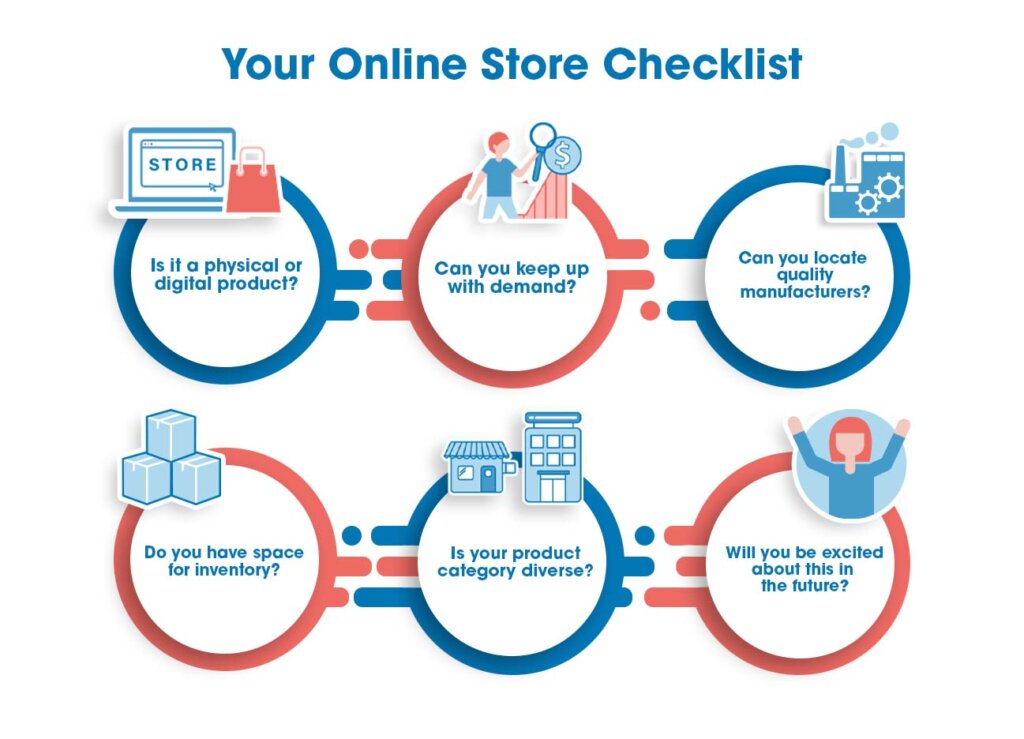
How to Choose Products to Sell in Your E-commerce Business
Experienced business experts with over 20 years of executive business experience, provide business assistance to clients across diverse industries. Business professionals work with clients through online business consulting services to ensure better results.
Launching an e-commerce business involves strategic decisions, particularly in selecting the right products to sell. Here’s a comprehensive guide to help you navigate this crucial aspect:
Passion and Knowledge
Consider products that align with your interests, passions, or expertise. Your familiarity with the niche can facilitate better understanding of customer needs.
Market Research
Conduct thorough market research using tools like Google Trends, Amazon Best Sellers, social media insights, and industry reports. Analyze trends, demand, and competition across various product categories.
Target Audience
Understand your target audience deeply. Analyze their demographics, interests, and pain points to identify products that meet their needs effectively.
Profitability
Evaluate the potential profitability of products. Assess manufacturing costs, selling prices, margins, and overhead expenses to ensure a viable business model.
Uniqueness or Differentiation
Choose products that offer a unique selling proposition (USP) compared to competitors. Whether it’s quality, design, functionality, or another standout feature, differentiation is key.
Seasonality and Trends
Be aware of seasonal trends and market fluctuations. Some products might have high demand during specific seasons or trends, while others maintain year-round appeal.
Test and Validate
Consider starting small by testing a few products. Employ methods like dropshipping, pre-orders, or Minimum Viable Product (MVP) launches to gauge customer interest and validate demand.
Scalability
Select products with the potential for expansion. While starting small is wise, ensure your product line can grow over time without significant limitations.
Legal and Ethical Considerations
Ensure products comply with legal regulations and safety standards. Research any potential restrictions or licensing requirements for selling specific products.
Supplier and Logistics
Assess the availability of reliable suppliers or manufacturers. Consider logistics, shipping, and fulfillment aspects to ensure efficient operations.
Customer Feedback
Listen to customer feedback and reviews. Understanding their preferences and pain points can guide you in selecting products that cater effectively to their needs.
Adaptability
Stay flexible and adaptable. Be ready to pivot if market conditions change or if certain products underperform. Continuously reassess and update your product offerings based on market trends and customer feedback.
Remember, the selection of products for your e-commerce business is a balancing act between passion, market demand, profitability, and adaptability. Take time to research, listen to your audience, and be open to adjusting your product selection as needed in the dynamic world of online retail.
Talk to a business consultant about your organization or startup, ask questions, get a consultation, and find out what options exist to reach the desired business milestones. Why guess? Costly mistakes and pitfalls can be avoided. Work with experienced business professionals that can guide, advise, and help execute vital actions to reach the business outcomes necessary for the business to reach the desired goals.
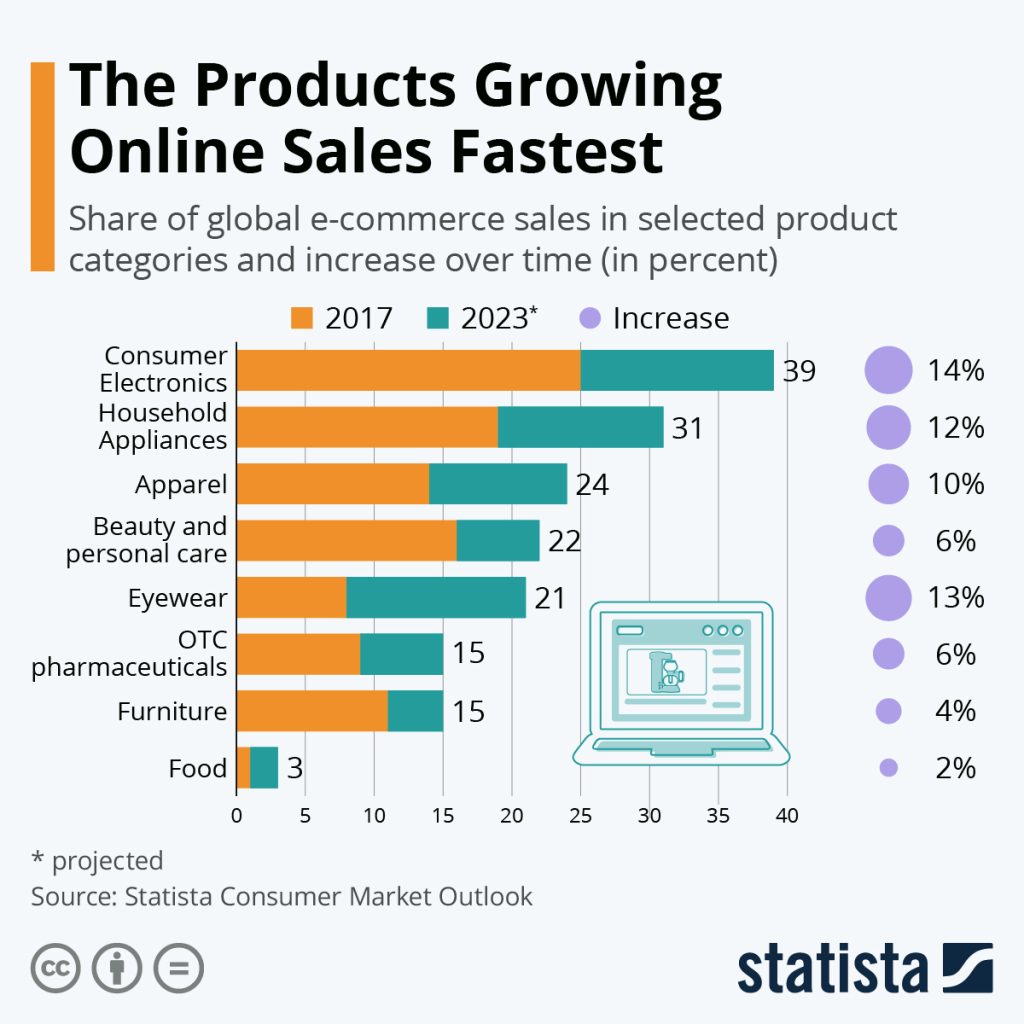
Conclusion
Remember, while these steps provide a roadmap, success in e-commerce often involves learning through experience. Stay resilient, remain adaptable, and keep refining your strategies to achieve long-term success in the competitive world of online retail. How to start selling retail products online steps are just the start. Take a course, read a book, more articles, or work with experts through consulting services.

